Image of 1955 Metropolitan Series B, Note: These illustrations use artistic license and may differ from actual historical models.
Performance Metrics
Fundamental Metrics
Emotional Appeal
MMP Rating
| Engine Specifications | |
|---|---|
| Engine: | 1.5L Austin A-Series I4 |
| Displacement: | 1.5L (1489 cc) |
| Horsepower: | 42-52 hp |
| Torque: | 72 lb-ft |
| Compression Ratio: | 7.2:1 |
| Ignition System: | Distributor and coil |
| Cooling System: | Water-cooled |
| Performance Specifications | |
| 0-60 Time: | 30 seconds |
| 1/4 Mile Time: | Not available |
| Top Speed: | 75 mph |
| Transmission and Drive | |
| Drive Type: | RWD (Rear Wheel Drive) |
| Transmission Type: | 3-speed manual |
| Fuel and Efficiency | |
| Fuel System Type: | Single carburetor |
| MPG: | 30-35 mpg |
| Dimensions and Brakes | |
| Brakes: | Drum brakes on all wheels |
| Wheelbase: | 85 inches |
| Weight: | 1800 lbs |
Note: Specifications for classic cars are given to the best of our ability, considering the limited and variant data available.
Introduction
The 1955 Metropolitan Series B is a charming emblem of post-war optimism, a compact car that captured the hearts of the American public with its unique blend of British manufacturing prowess and American styling cues. The Metropolitan, often affectionately called the "Met," was a product of the Nash-Kelvinator Corporation and later, American Motors Corporation (AMC), which sought to offer a small, economical vehicle to the American market. It was designed in the United States but built in England by Austin Motor Company, making it a true transatlantic collaboration. A standout moment for the Metropolitan was its cameo in the 1954 Rose Parade, where it served as a marshal's car, cementing its status as an icon of 1950s Americana.
Design and Innovation
The 1955 Metropolitan Series B boasted a cheeky exterior with its two-tone paint job, curvaceous body lines, and diminutive stature that made it instantly recognizable. The interior was surprisingly roomy for such a small car, with attention to detail that included stylish upholstery and well-appointed trim. Materials were modest but durable, reflecting the vehicle's economical purpose. Technologically, the Met was ahead of its time with unitary construction or unibody design, which would become standard in later years. Color options like Berkshire Green with Frost White top were popular among buyers who wanted to stand out. The convertible and hardtop models were available, but it was the hardtop that became emblematic of the Metropolitan's charm.
Historical Significance
The 1955 Metropolitan Series B carved out a niche as America's first subcompact car, predating later entrants by several years. It challenged the notion that bigger was better in an era dominated by large and lavish vehicles. Its unique position as an economy car during a time of abundance made it an outlier that has since been recognized for its forward-thinking approach to automotive design.
Performance and Handling
Under the hood, the Series B housed a 1.5-liter Austin inline-four engine that delivered modest performance figures by today's standards but was adequate for the era's needs. Top speed hovered around 75 mph, with acceleration from 0-60 mph taking around 30 seconds. The Met's handling characteristics were praised for city driving; its small size made it nimble and easy to park. Drivers enjoyed a visceral motoring experience—feeling every bump yet savoring the simplicity of driving something so mechanically straightforward.
Ownership Experience
The Metropolitan was often used as a second car for urban families or as an economical primary vehicle. Its reliability was commendable, though parts could be challenging to source outside major cities. Maintenance was generally straightforward, aligning with its design philosophy of simplicity and economy.
Fun Facts
A little-known tidbit is that despite being marketed towards women initially, the Met gained popularity across genders due to its practicality and charm. While not known for setting speed records, it did set trends in compact car design. Celebrity ownerships included famous personalities like Elvis Presley and Paul Newman, adding to its cool factor.
Collector's Information
Today, collectors cherish the 1955 Metropolitan Series B for its uniqueness and historical value. Approximately 22,000 units were produced during its run from 1954-1955. In terms of value range, well-maintained examples can fetch anywhere from $10,000 to $20,000 depending on condition and originality. The market trend shows appreciation for this quirky classic as enthusiasts seek out models in pristine condition or those with interesting provenance.
Conclusion
The 1955 Metropolitan Series B stands as a testament to innovation during an era of excess in America's automotive history. It represents a bold step towards what would eventually become an entire market segment—the subcompact car. With its distinctive styling and cultural impact during the mid-20th century, the Met remains not just a collector's item but also a symbol of change—a petite powerhouse that proved good things do indeed come in small packages.
1955 Metropolitan Series B Catalog of Parts
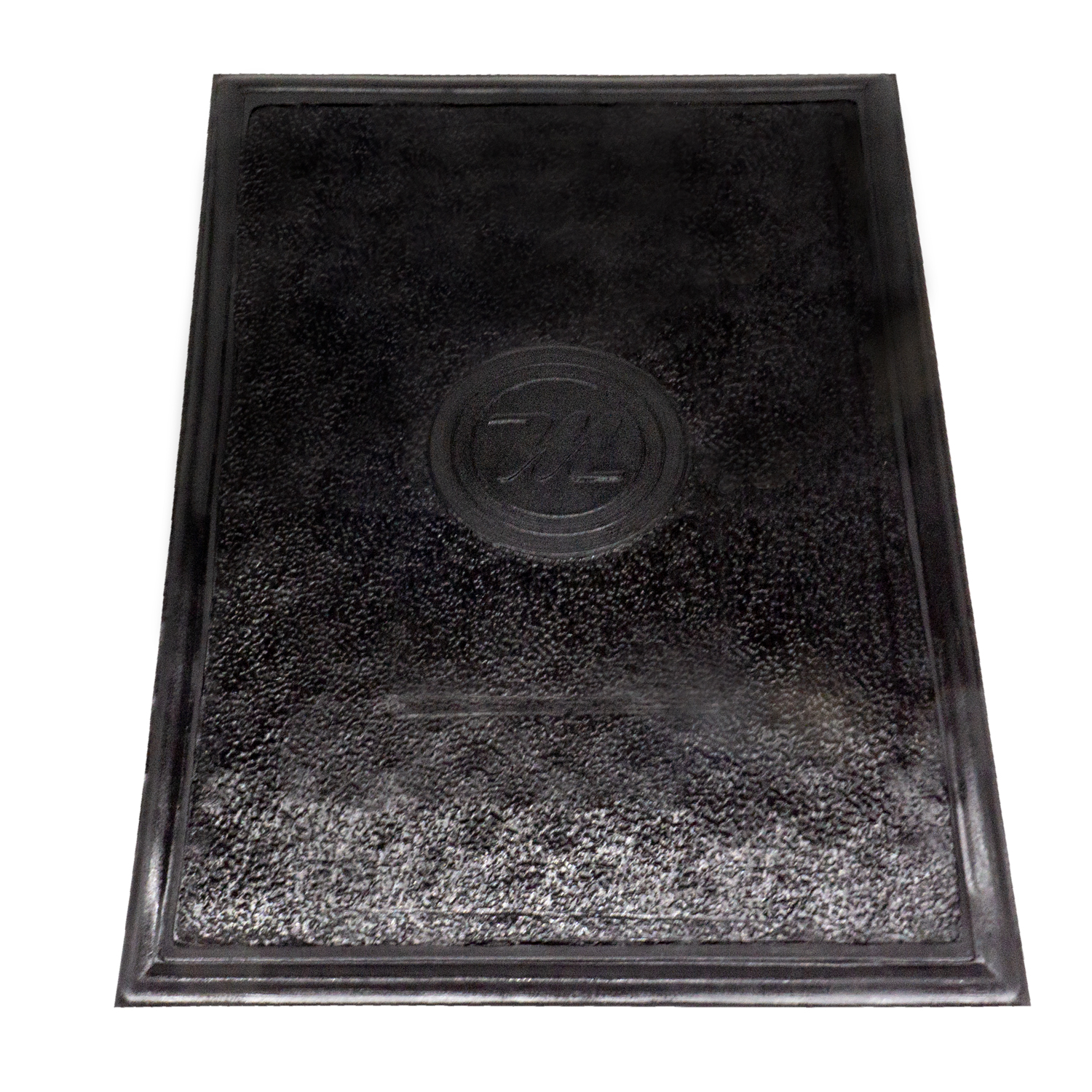 1955 Metropolitan Series B Accessory Floor Mat - 12"X17"-AC 52Accessory Floor Mat - made of high quality black rubber with molded original emblem. Also designed to be sewn into new carpets. 12"X17", Each
1955 Metropolitan Series B Accessory Floor Mat - 12"X17"-AC 52Accessory Floor Mat - made of high quality black rubber with molded original emblem. Also designed to be sewn into new carpets. 12"X17", Each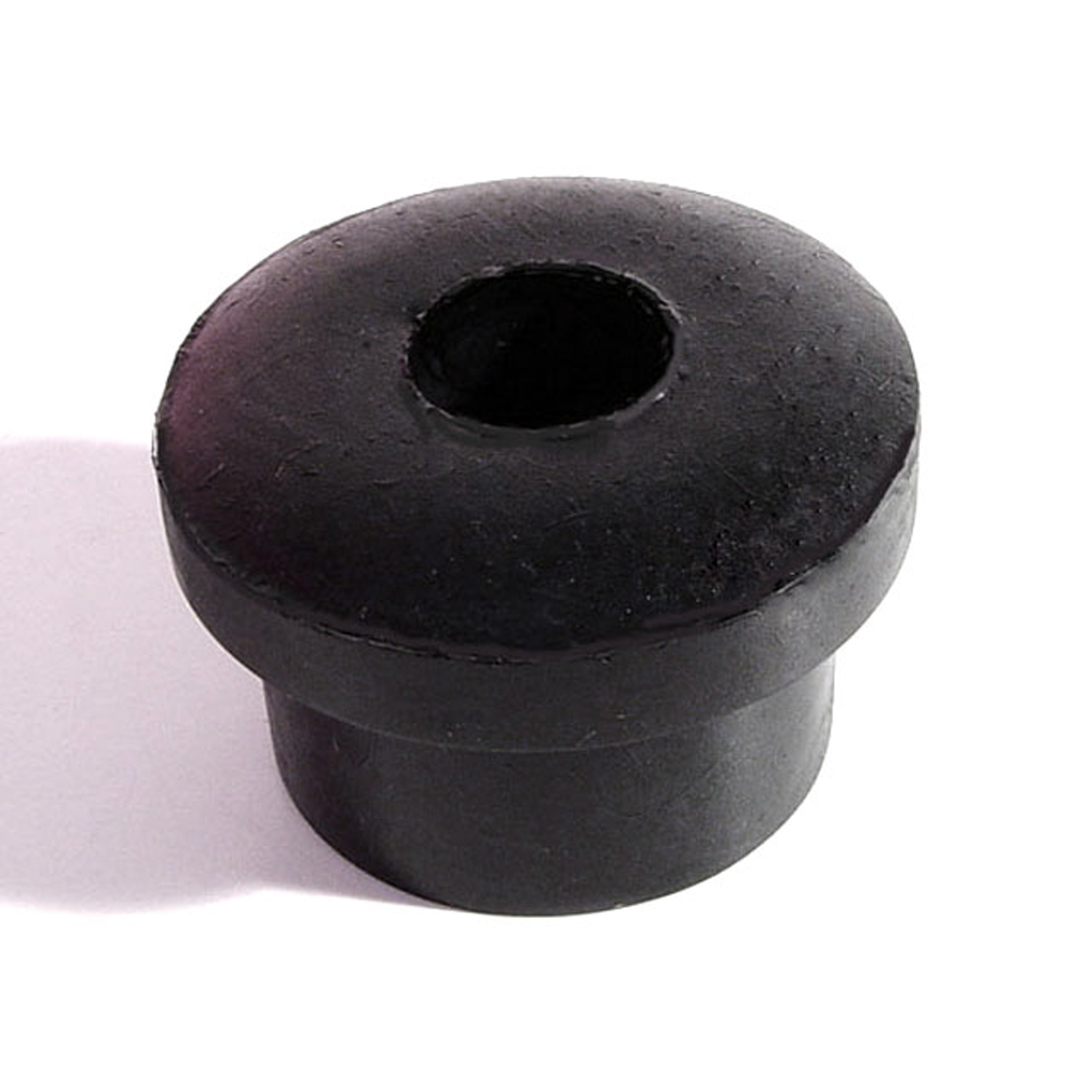 1955 Metropolitan Series B Spring Bushing, for Leaf Springs. 1-1/2" bottom O.D-BN 34-ASpring Bushing, for Leaf Springs. 1-1/2" bottom O.D. X 1-1/4" high, with 1/2" I.D. Each
1955 Metropolitan Series B Spring Bushing, for Leaf Springs. 1-1/2" bottom O.D-BN 34-ASpring Bushing, for Leaf Springs. 1-1/2" bottom O.D. X 1-1/4" high, with 1/2" I.D. Each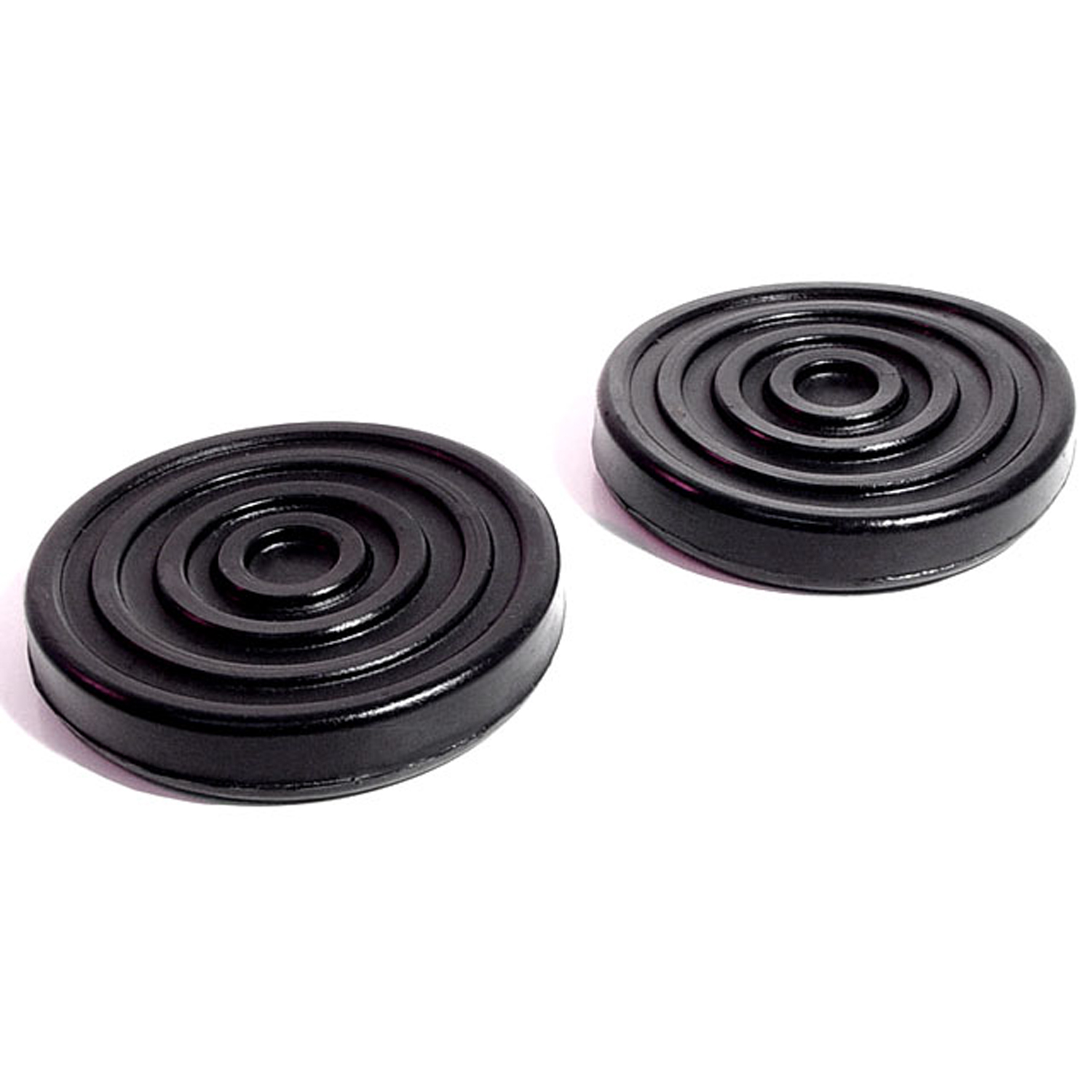 1955 Metropolitan Series B Clutch and Brake Pedal Pads. 2-5/8" Diameter. Pair-CB 167Clutch and Brake Pedal Pads. 2-5/8" Diameter. Pair
1955 Metropolitan Series B Clutch and Brake Pedal Pads. 2-5/8" Diameter. Pair-CB 167Clutch and Brake Pedal Pads. 2-5/8" Diameter. Pair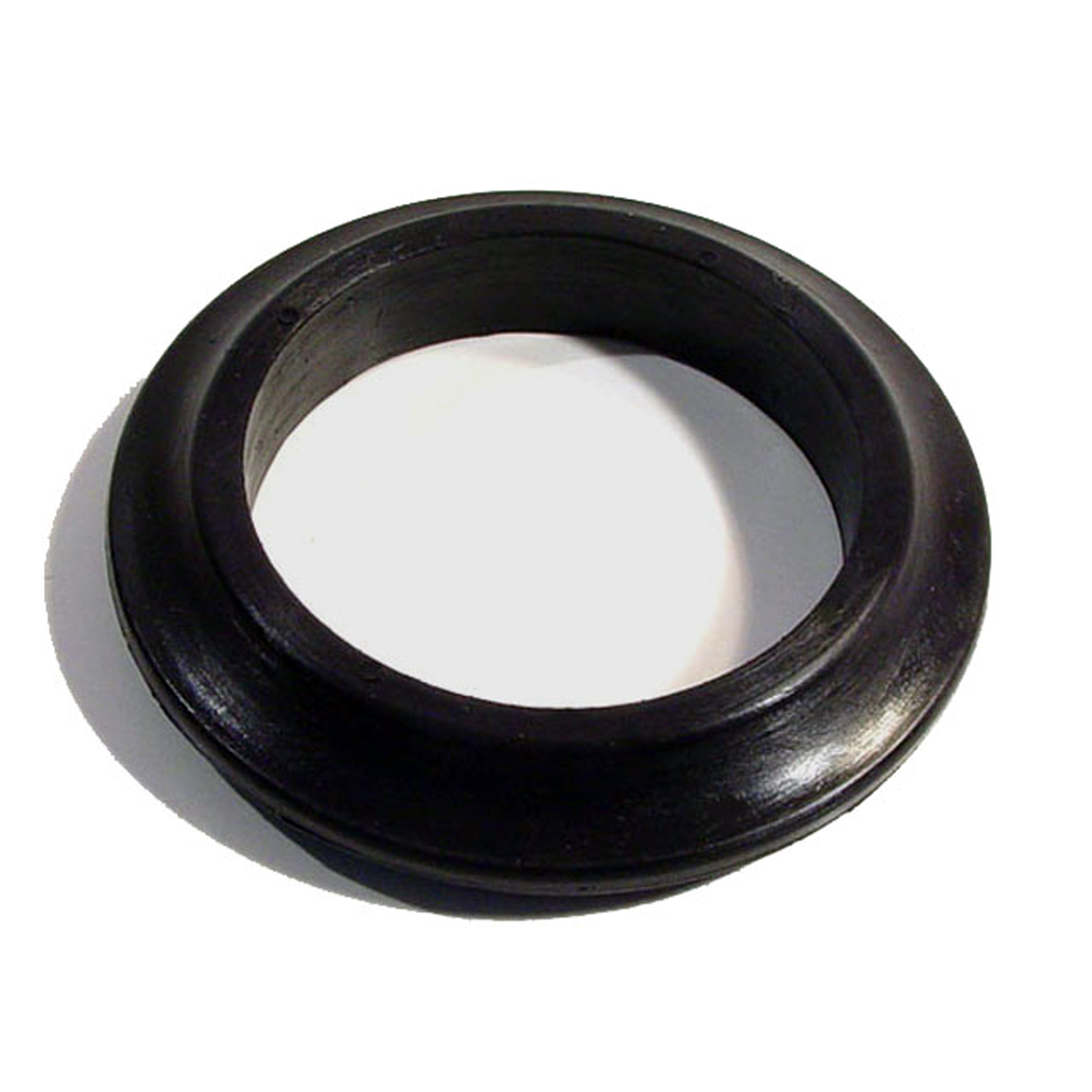 1955 Metropolitan Series B Gas Filler Grommet. 2-1/4" I.D., 3-5/16" O.D. Each-GF 21Gas Filler Grommet. 2-1/4" I.D., 3-5/16" O.D. Each
1955 Metropolitan Series B Gas Filler Grommet. 2-1/4" I.D., 3-5/16" O.D. Each-GF 21Gas Filler Grommet. 2-1/4" I.D., 3-5/16" O.D. Each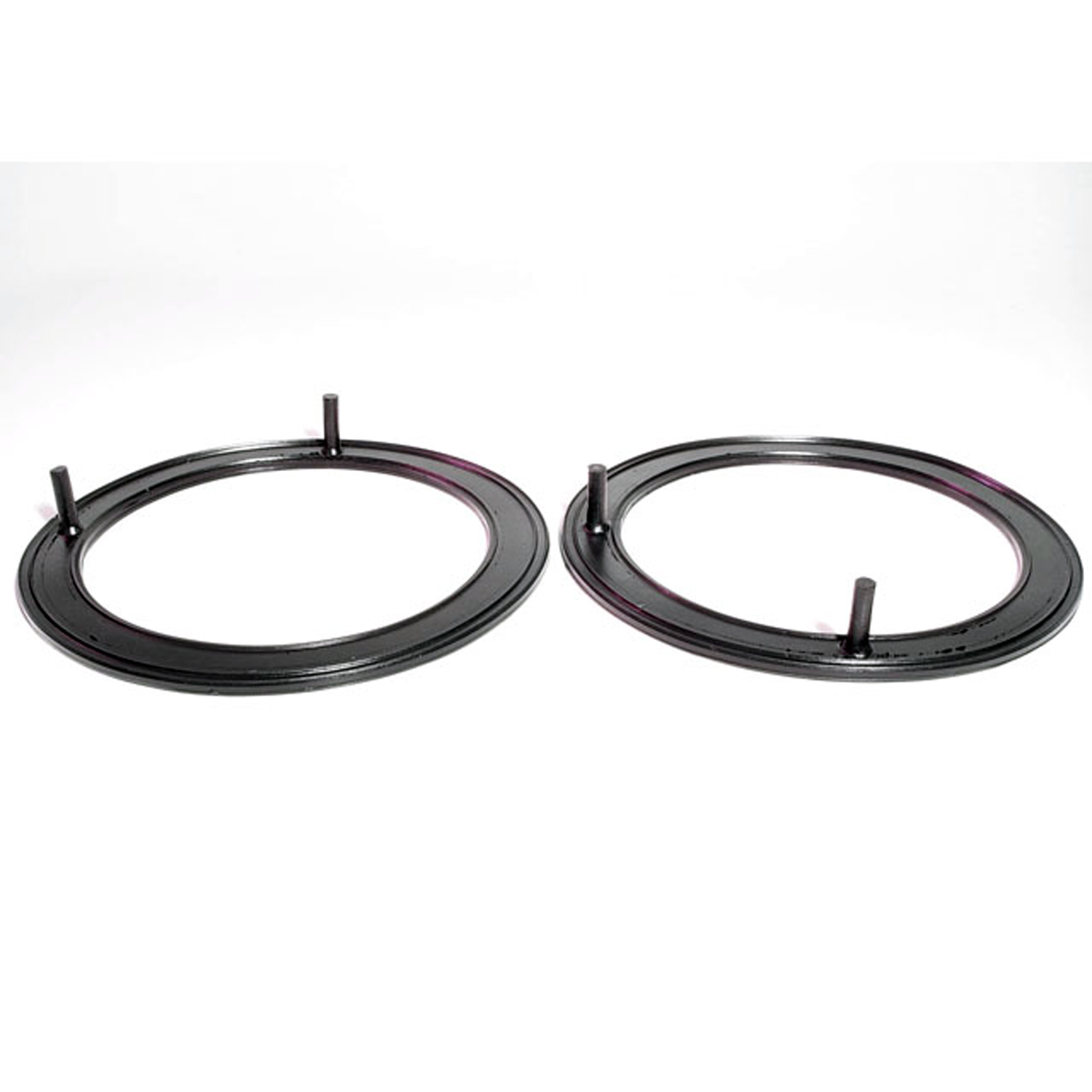 1955 Metropolitan Series B Headlight Ring Seal. 8-1/4" O.D., 6-3/8" I.D. Pair-HR 3Headlight Ring Seal. 8-1/4" O.D., 6-3/8" I.D. Pair
1955 Metropolitan Series B Headlight Ring Seal. 8-1/4" O.D., 6-3/8" I.D. Pair-HR 3Headlight Ring Seal. 8-1/4" O.D., 6-3/8" I.D. Pair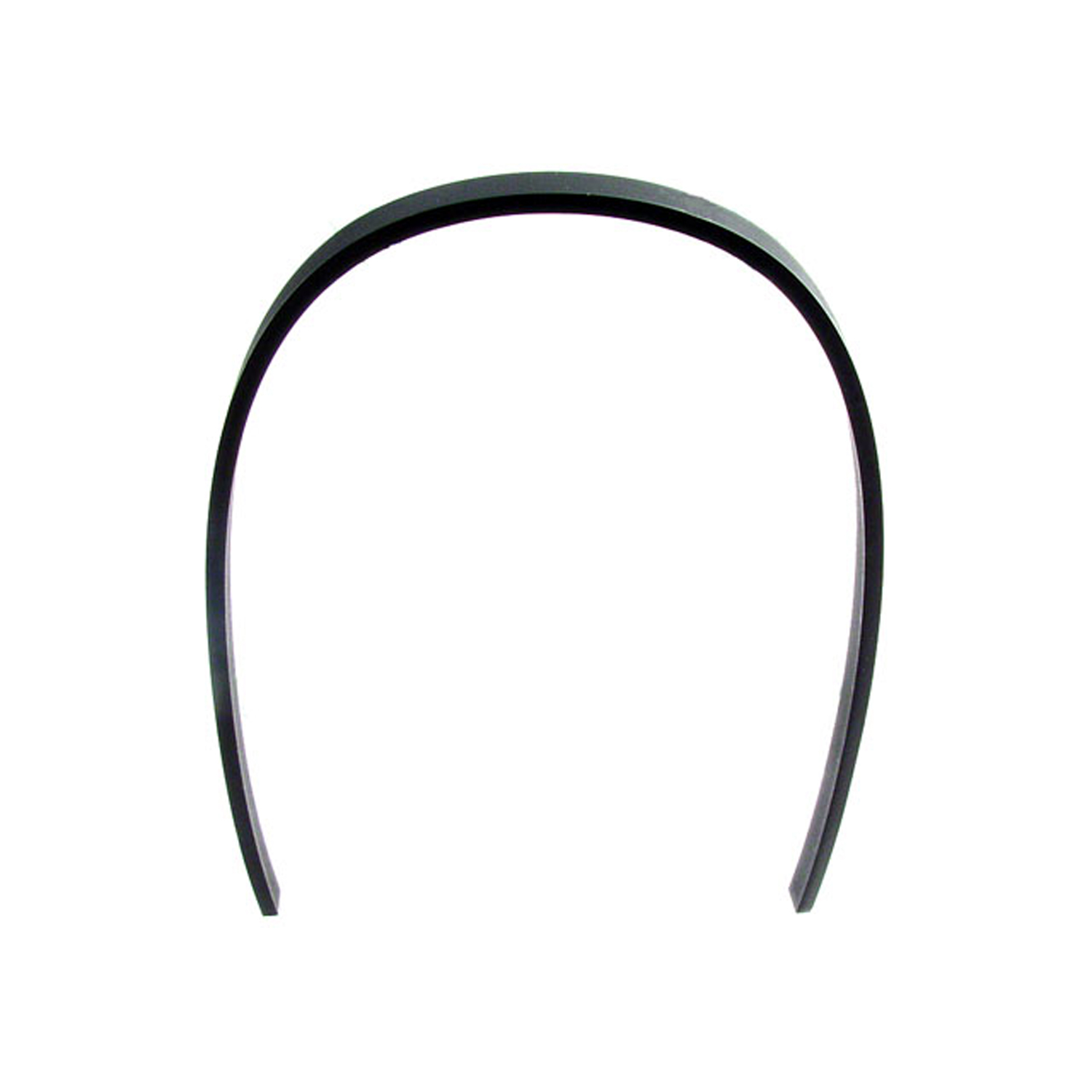 1955 Metropolitan Series B Tail-light Lens Gasket. Slips into groove-LG 7100-100Tail-light Lens Gasket. Slips into groove. Made of neoprene. 1/4" X 13-3/4" X 1/8". Each
1955 Metropolitan Series B Tail-light Lens Gasket. Slips into groove-LG 7100-100Tail-light Lens Gasket. Slips into groove. Made of neoprene. 1/4" X 13-3/4" X 1/8". Each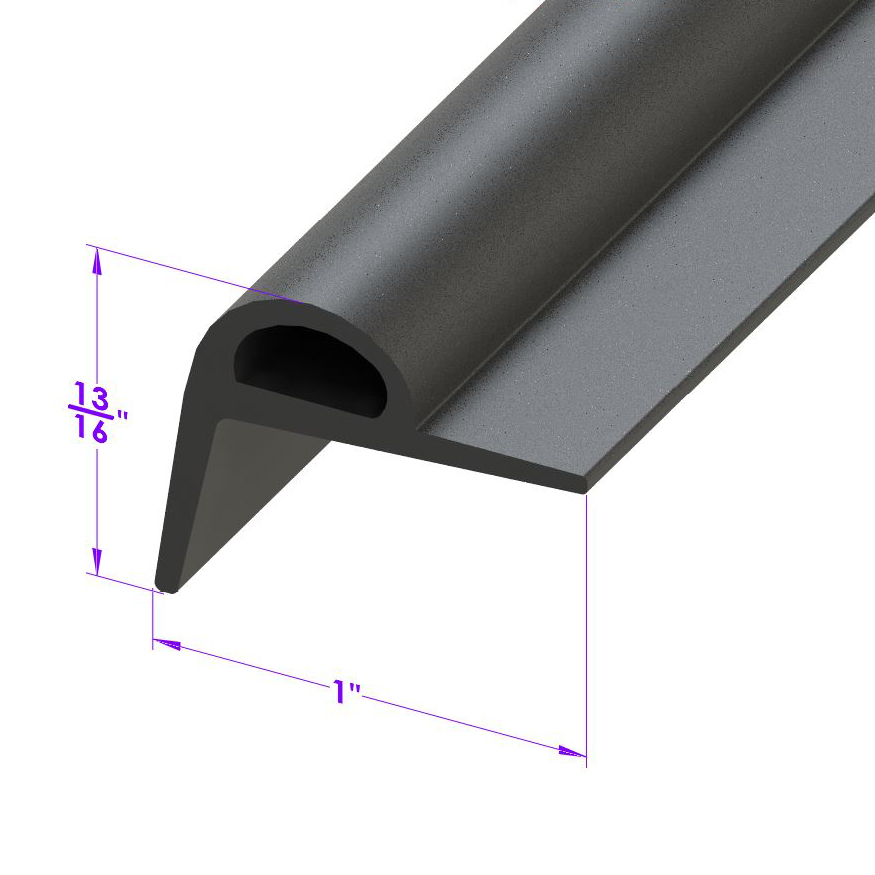 1955 Metropolitan Series B Top Bow to Header Seal, for Convertibles. Sold by the foot-LP 112-MTop Bow to Header Seal, for Convertibles. Sold by the foot
1955 Metropolitan Series B Top Bow to Header Seal, for Convertibles. Sold by the foot-LP 112-MTop Bow to Header Seal, for Convertibles. Sold by the foot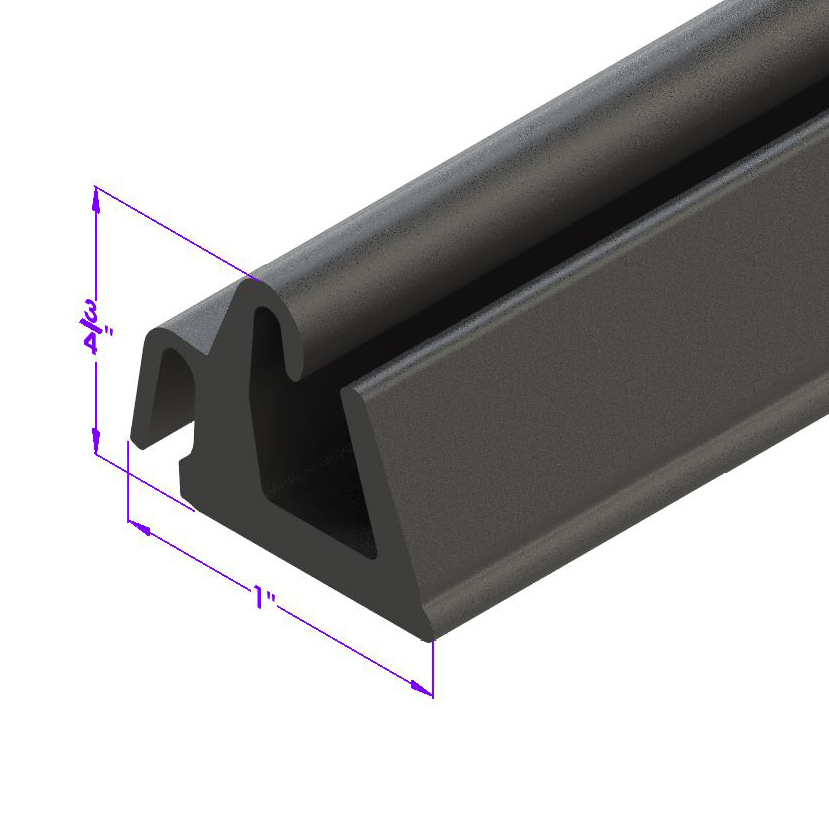 1955 Metropolitan Series B Roof Rail Seal, for Convertibles and Hardtops (early series)-LP 12-DRoof Rail Seal, for Convertibles and Hardtops (early series). For upper side window. Sold by the foot
1955 Metropolitan Series B Roof Rail Seal, for Convertibles and Hardtops (early series)-LP 12-DRoof Rail Seal, for Convertibles and Hardtops (early series). For upper side window. Sold by the foot 1955 Metropolitan Series B Mirror Pad. 1-1/2" wide X 4" long. Each-MP 1104-AMirror Pad. 1-1/2" wide X 4" long. Each
1955 Metropolitan Series B Mirror Pad. 1-1/2" wide X 4" long. Each-MP 1104-AMirror Pad. 1-1/2" wide X 4" long. Each 1955 Metropolitan Series B Door Handle Pads. 2-5/8" long & 1" long. Set of 4 R&L-MP 1104-BDoor Handle Pads. 2-5/8" long & 1" long. Set of 4 R&L
1955 Metropolitan Series B Door Handle Pads. 2-5/8" long & 1" long. Set of 4 R&L-MP 1104-BDoor Handle Pads. 2-5/8" long & 1" long. Set of 4 R&L 1955 Metropolitan Series B Trunk Handle Pad. 2-1/8" O.D. Each-MP 1104-CTrunk Handle Pad. 2-1/8" O.D. Each
1955 Metropolitan Series B Trunk Handle Pad. 2-1/8" O.D. Each-MP 1104-CTrunk Handle Pad. 2-1/8" O.D. Each 1955 Metropolitan Series B Trunk Hinge Pads. 1-1/8" wide X 5" long. Set-MP 1104-DTrunk Hinge Pads. 1-1/8" wide X 5" long. Set
1955 Metropolitan Series B Trunk Hinge Pads. 1-1/8" wide X 5" long. Set-MP 1104-DTrunk Hinge Pads. 1-1/8" wide X 5" long. Set 1955 Metropolitan Series B Door Handle Pads. 2-1/2" long & 3/4" long. Set-MP 1104-EDoor Handle Pads. 2-1/2" long & 3/4" long. Set
1955 Metropolitan Series B Door Handle Pads. 2-1/2" long & 3/4" long. Set-MP 1104-EDoor Handle Pads. 2-1/2" long & 3/4" long. Set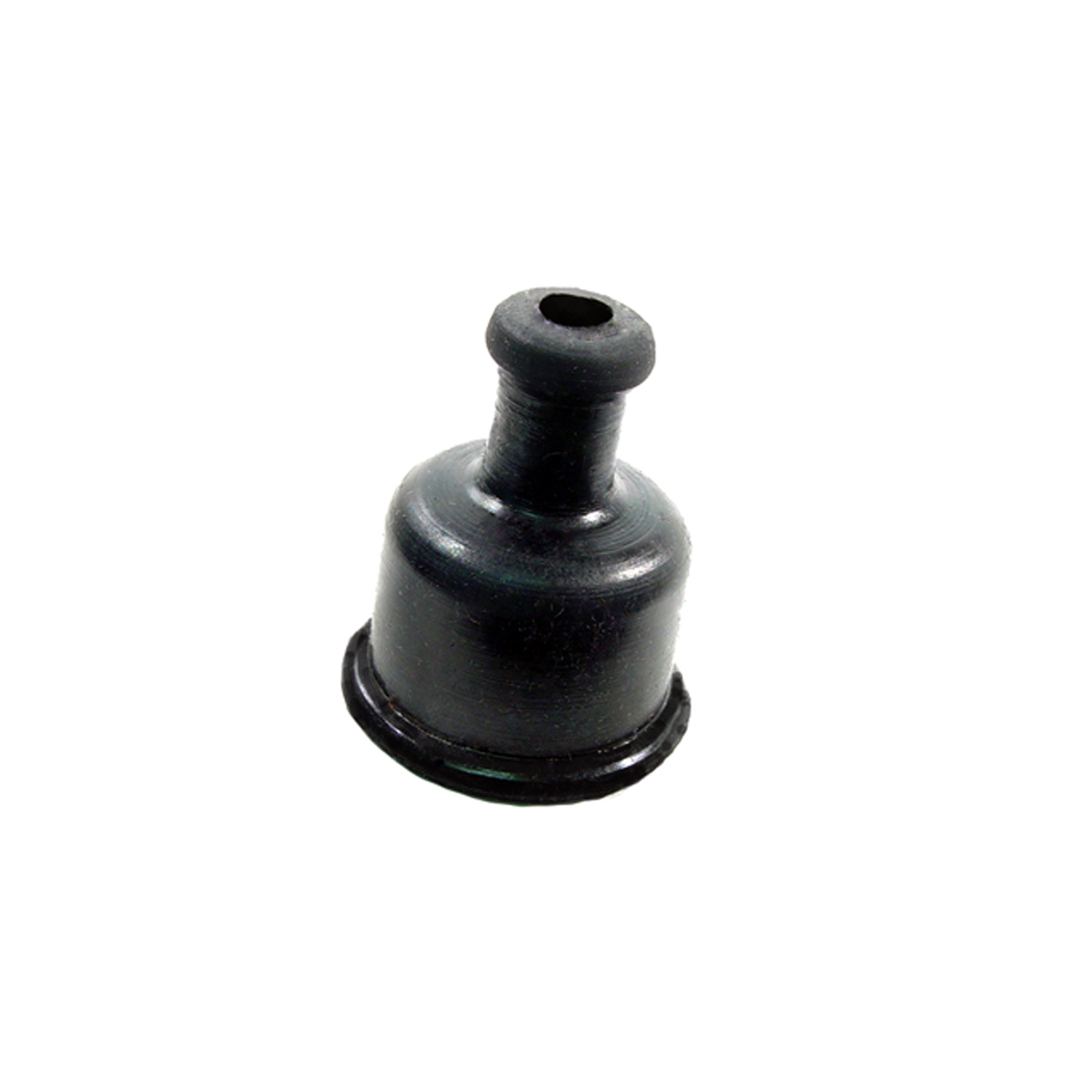 1955 Metropolitan Series B Oil Level Dipstick Dust Cap. Top hole has 1/4" I.D-RP 8-AOil Level Dipstick Dust Cap. Top hole has 1/4" I.D. Bottom hole has 1-1/4" O.D. Cap is 1-1/2" tall. Each
1955 Metropolitan Series B Oil Level Dipstick Dust Cap. Top hole has 1/4" I.D-RP 8-AOil Level Dipstick Dust Cap. Top hole has 1/4" I.D. Bottom hole has 1-1/4" O.D. Cap is 1-1/2" tall. Each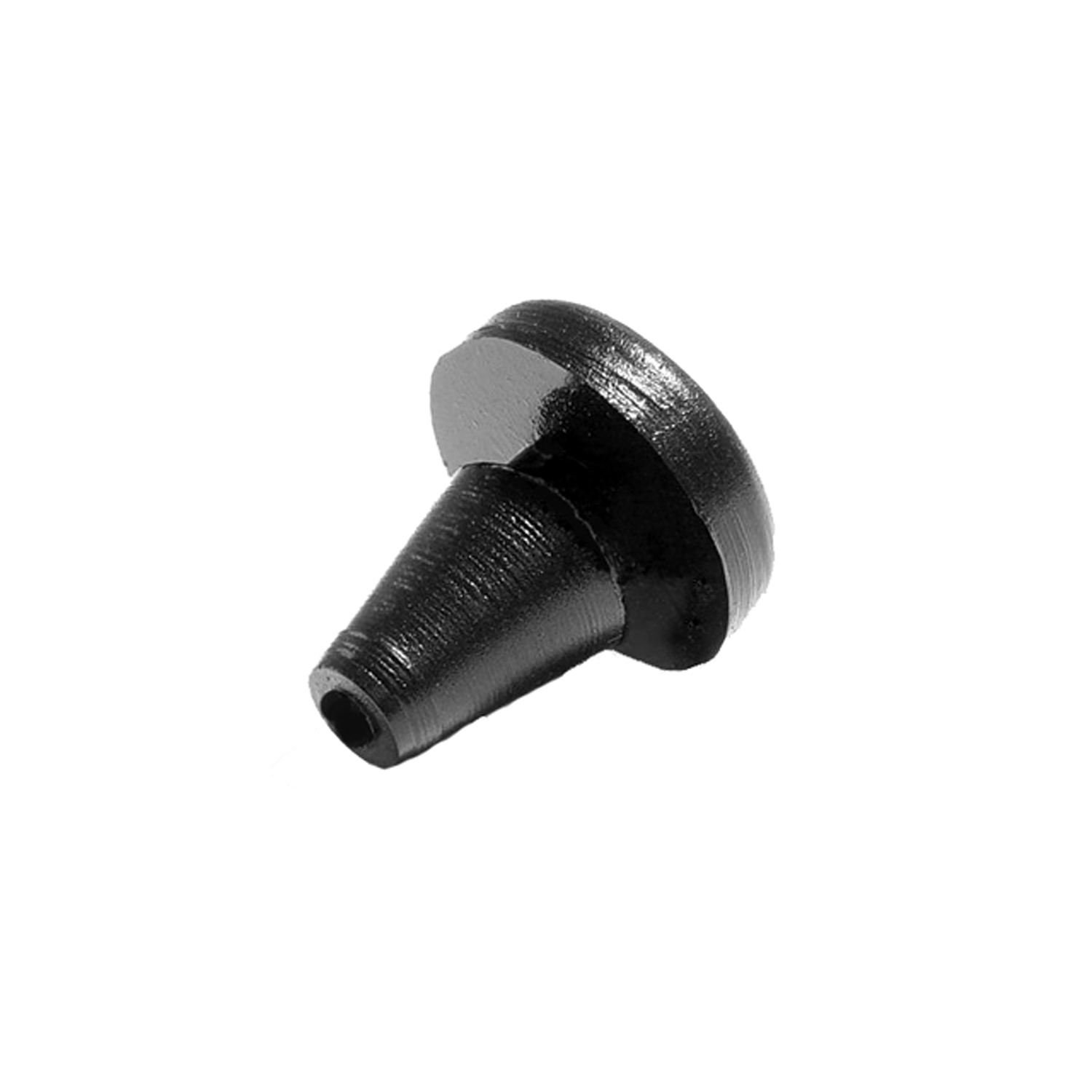 1955 Metropolitan Series B Hood Side Bumper. 5/8" O.D.,5/8" High. Each-SB 11Hood Side Bumper. 5/8" O.D.,5/8" High. Each
1955 Metropolitan Series B Hood Side Bumper. 5/8" O.D.,5/8" High. Each-SB 11Hood Side Bumper. 5/8" O.D.,5/8" High. Each 1955 Metropolitan Series B Main Wire Harness Grommet at Firewall. 1-7/8" O.D., 5/8" I-SM 100-BMain Wire Harness Grommet at Firewall. 1-7/8" O.D., 5/8" I.D., Fits 1-1/4" hole. Each
1955 Metropolitan Series B Main Wire Harness Grommet at Firewall. 1-7/8" O.D., 5/8" I-SM 100-BMain Wire Harness Grommet at Firewall. 1-7/8" O.D., 5/8" I.D., Fits 1-1/4" hole. Each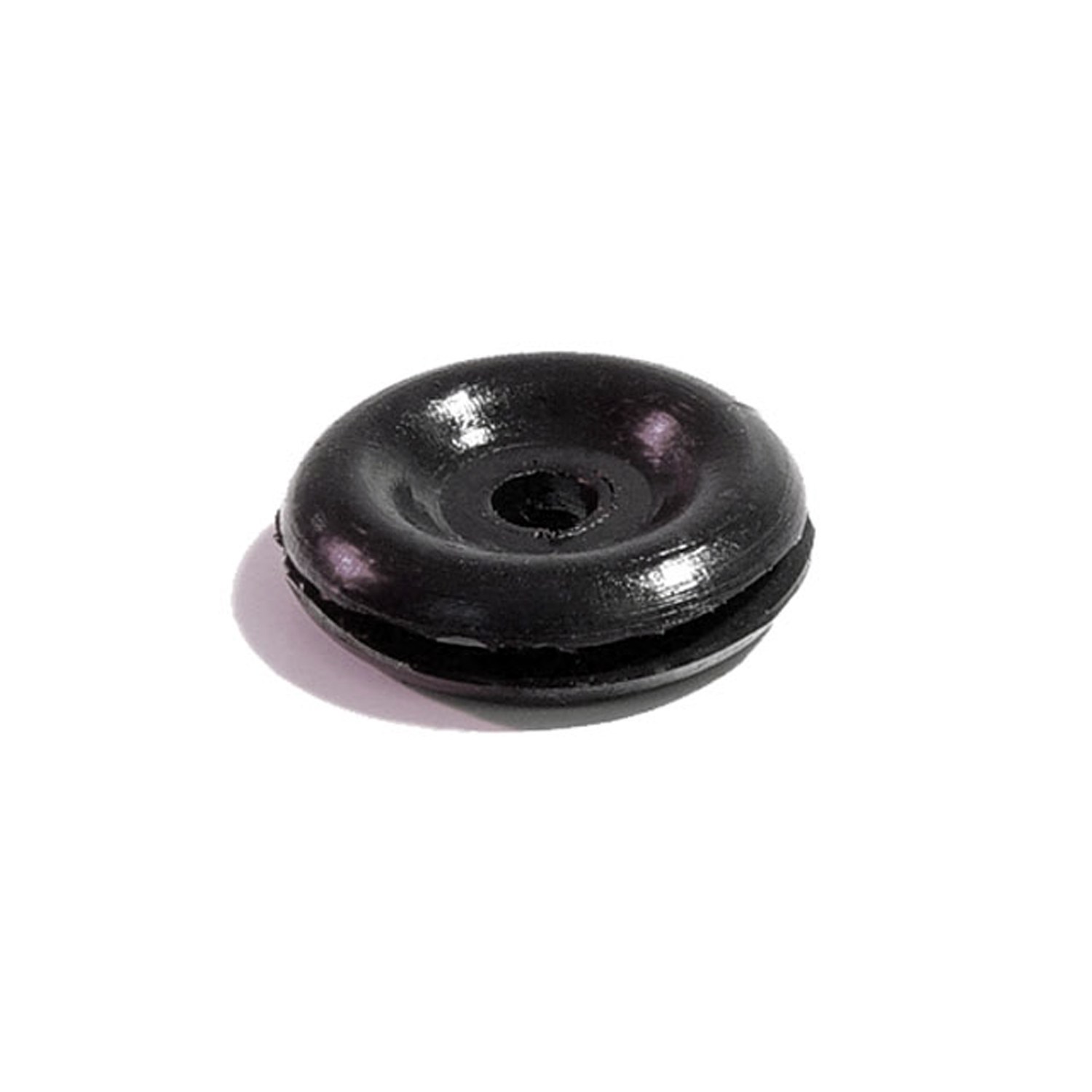 1955 Metropolitan Series B Sheet Metal Grommet-SM 102Sheet Metal Grommet. Used for choke cable, starter cable, horn wire, wiper wires and license plate lamp wires. Fits 9/16" hole. 3/16" center hole. Each
1955 Metropolitan Series B Sheet Metal Grommet-SM 102Sheet Metal Grommet. Used for choke cable, starter cable, horn wire, wiper wires and license plate lamp wires. Fits 9/16" hole. 3/16" center hole. Each 1955 Metropolitan Series B Pivot Grommet. 3/4" high X 3/16" I.D. Each-SM 5Pivot Grommet. 3/4" high X 3/16" I.D. Each
1955 Metropolitan Series B Pivot Grommet. 3/4" high X 3/16" I.D. Each-SM 5Pivot Grommet. 3/4" high X 3/16" I.D. Each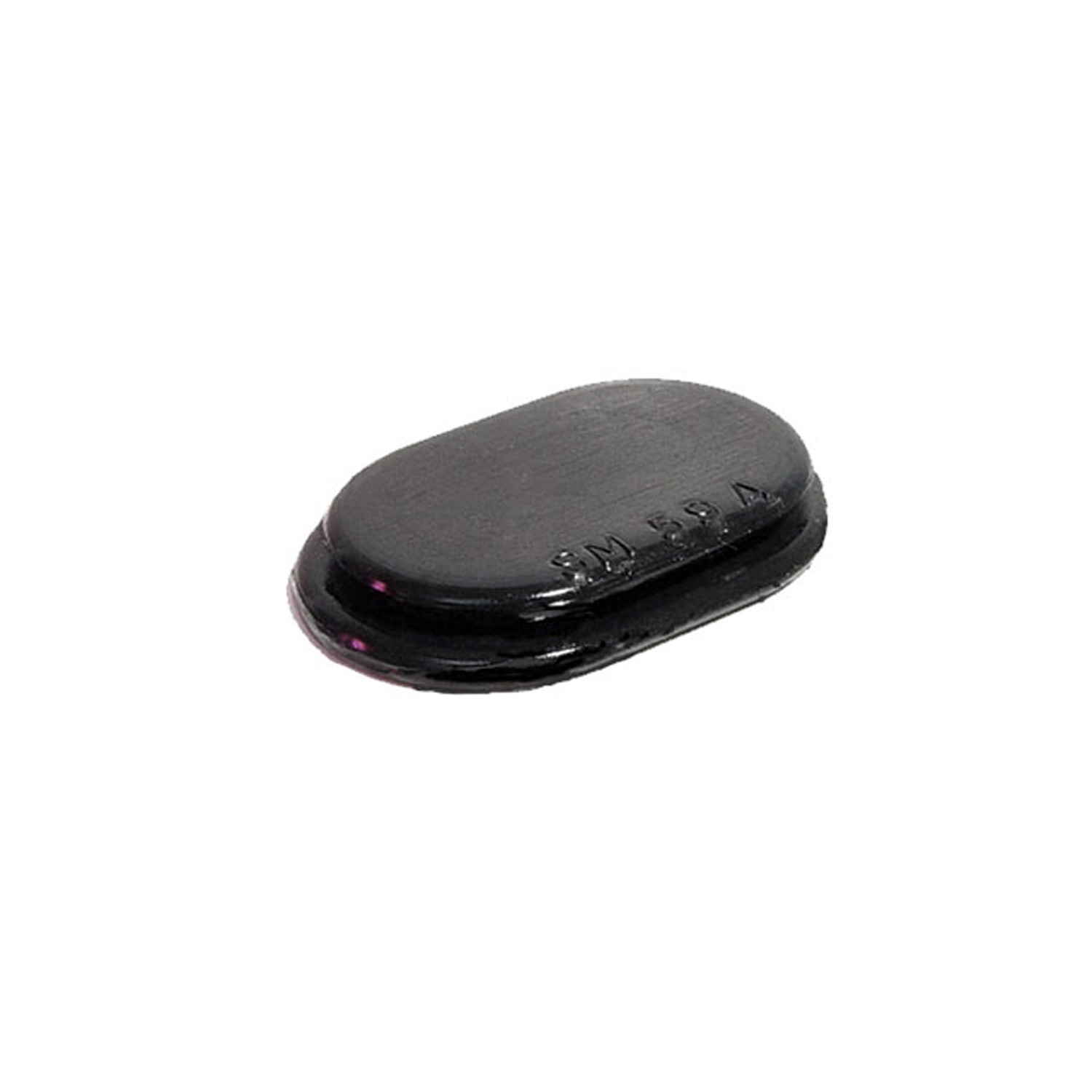 1955 Metropolitan Series B Door End Plug. Four used per car. Each-SM 59-ADoor End Plug. Four used per car. Each
1955 Metropolitan Series B Door End Plug. Four used per car. Each-SM 59-ADoor End Plug. Four used per car. Each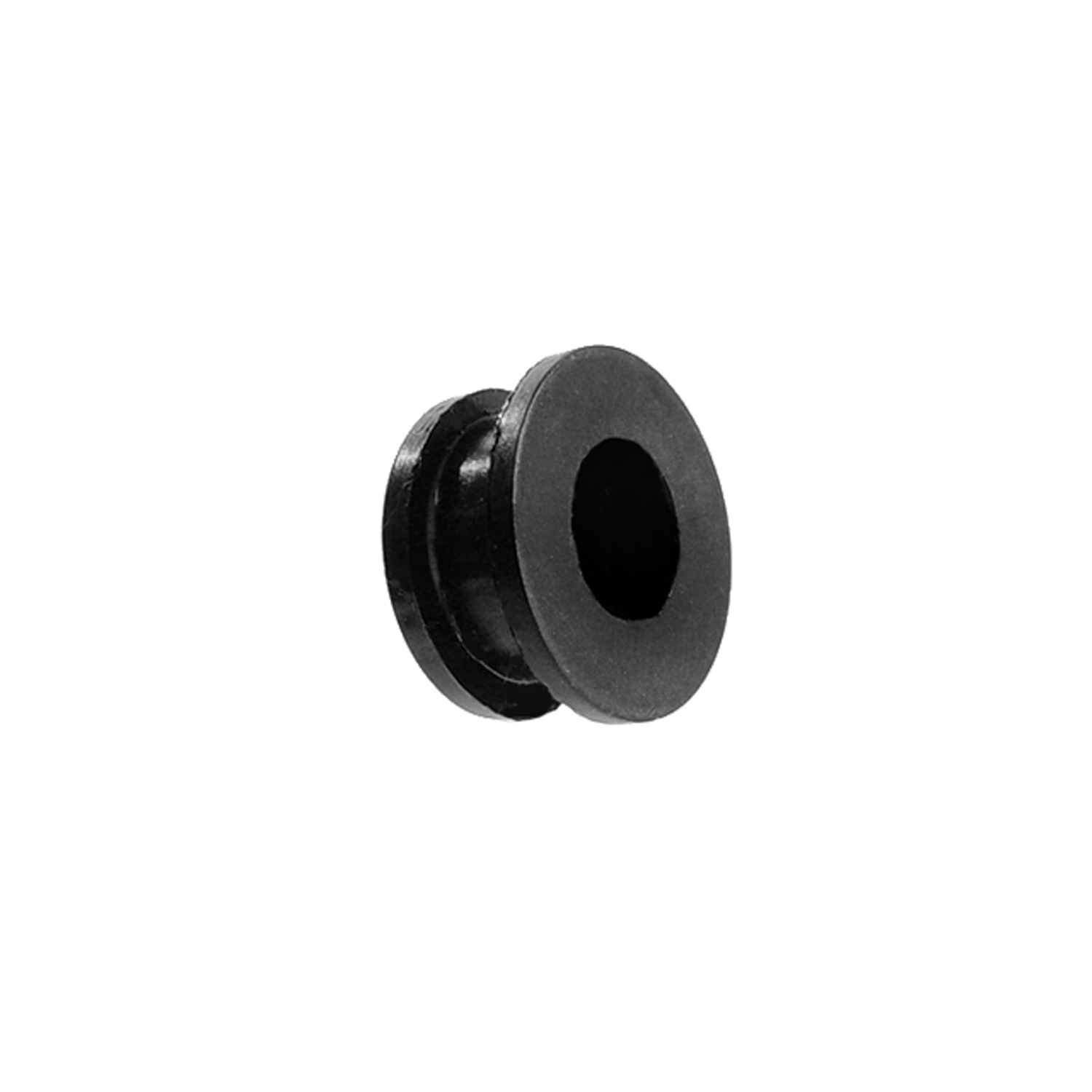 1955 Metropolitan Series B Shift Linkage Grommet-SM 93Shift Linkage Grommet. Use your original steel bushing in center. Each
1955 Metropolitan Series B Shift Linkage Grommet-SM 93Shift Linkage Grommet. Use your original steel bushing in center. Each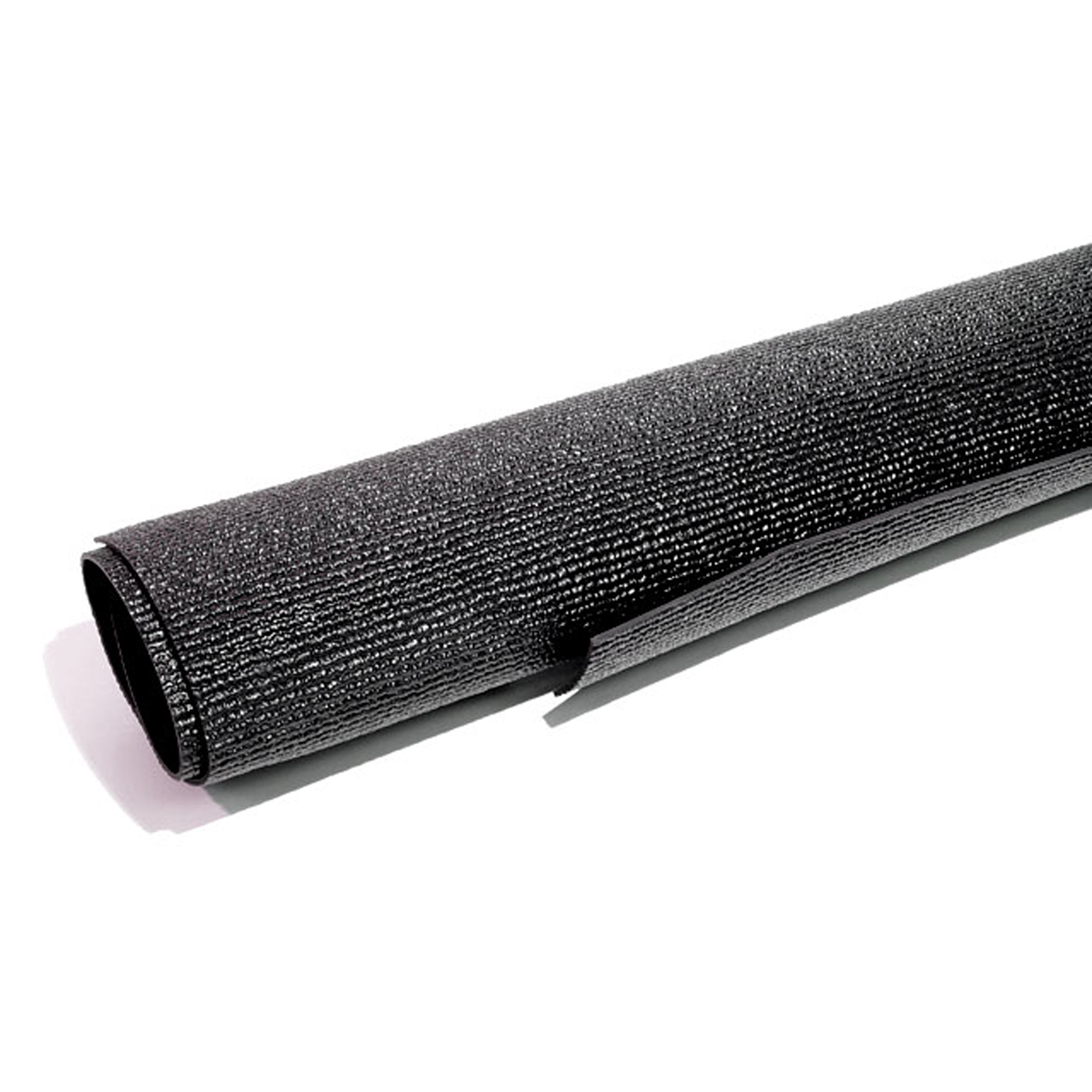 1955 Metropolitan Series B Trunk Mat-TM 7100Trunk Mat. High quality reproduction, made specific for vehicle. Does not have snaps. Each
1955 Metropolitan Series B Trunk Mat-TM 7100Trunk Mat. High quality reproduction, made specific for vehicle. Does not have snaps. Each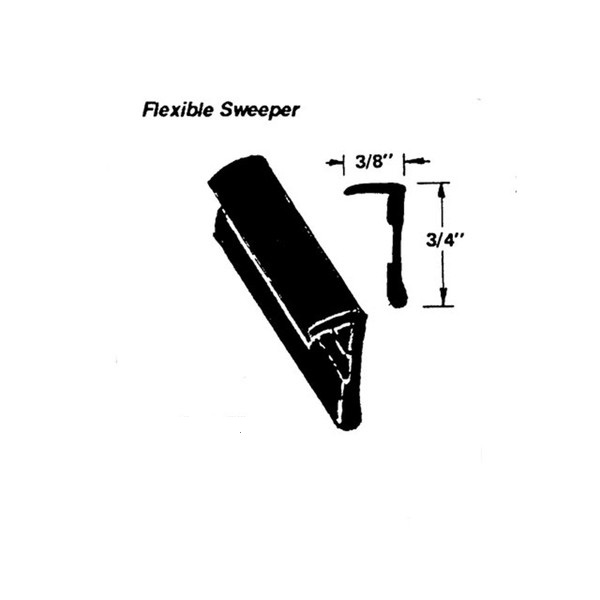 1955 Metropolitan Series B Flexible Sweeper. Made of rubber-WC 23-/FTFlexible Sweeper. Made of rubber. Seal for outside of side window. Sold by the foot
1955 Metropolitan Series B Flexible Sweeper. Made of rubber-WC 23-/FTFlexible Sweeper. Made of rubber. Seal for outside of side window. Sold by the foot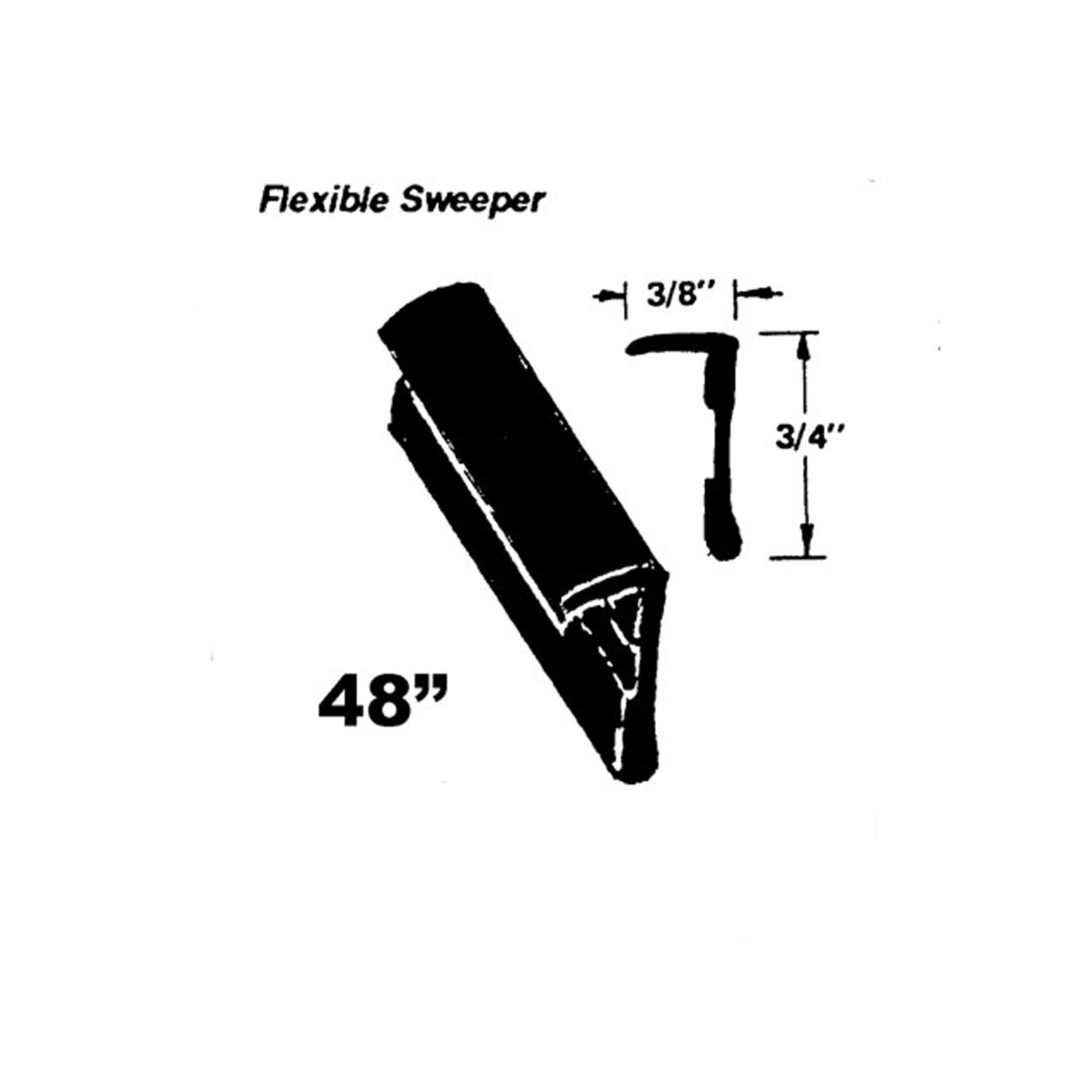 1955 Metropolitan Series B Flexible Sweeper. Made of rubber-WC 23-48Flexible Sweeper. Made of rubber. Seal for outside of side window. 48" Piece. Each
1955 Metropolitan Series B Flexible Sweeper. Made of rubber-WC 23-48Flexible Sweeper. Made of rubber. Seal for outside of side window. 48" Piece. Each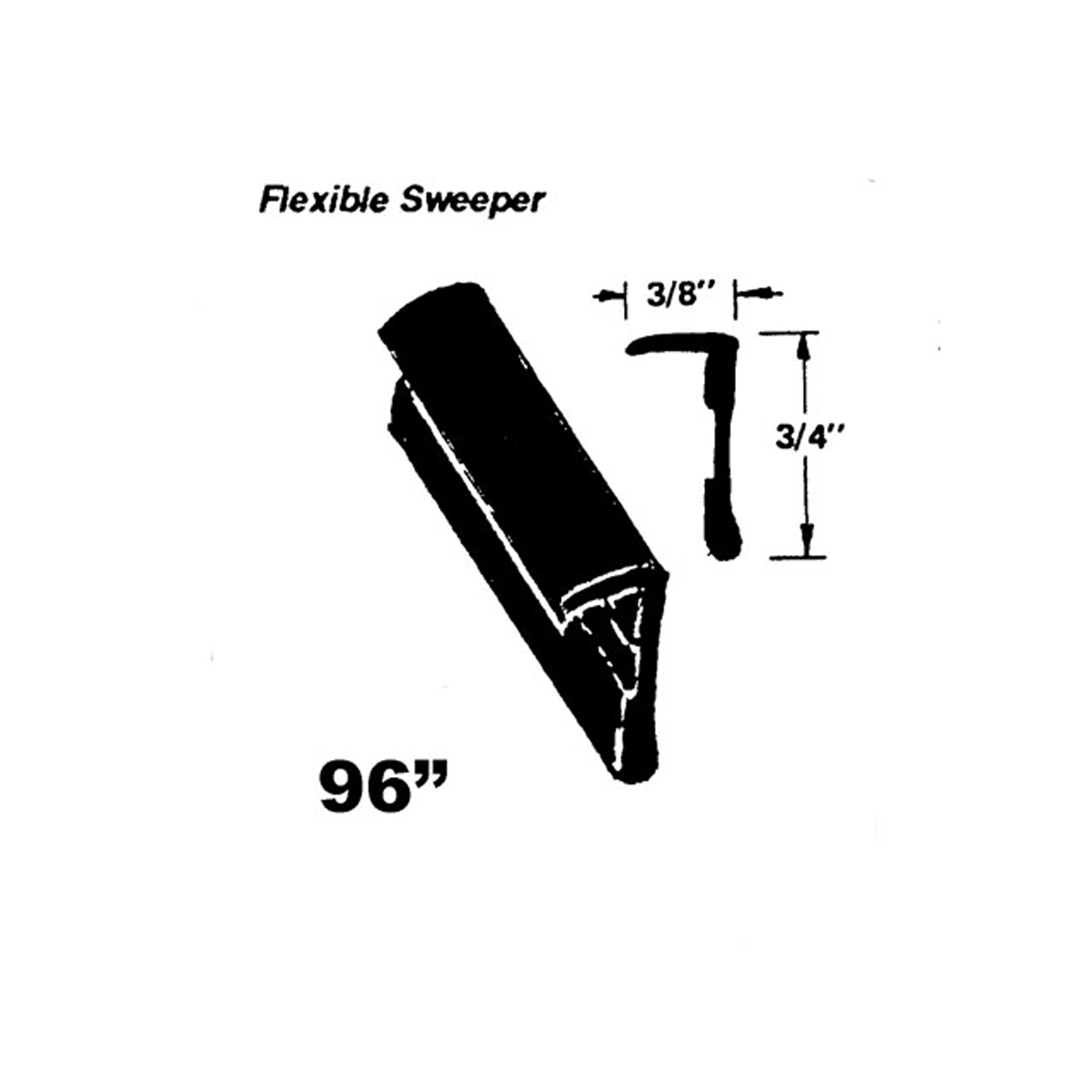 1955 Metropolitan Series B Flexible Sweeper. Made of rubber-WC 23-96Flexible Sweeper. Made of rubber. Seal for outside of side window. 96" Piece. each
1955 Metropolitan Series B Flexible Sweeper. Made of rubber-WC 23-96Flexible Sweeper. Made of rubber. Seal for outside of side window. 96" Piece. each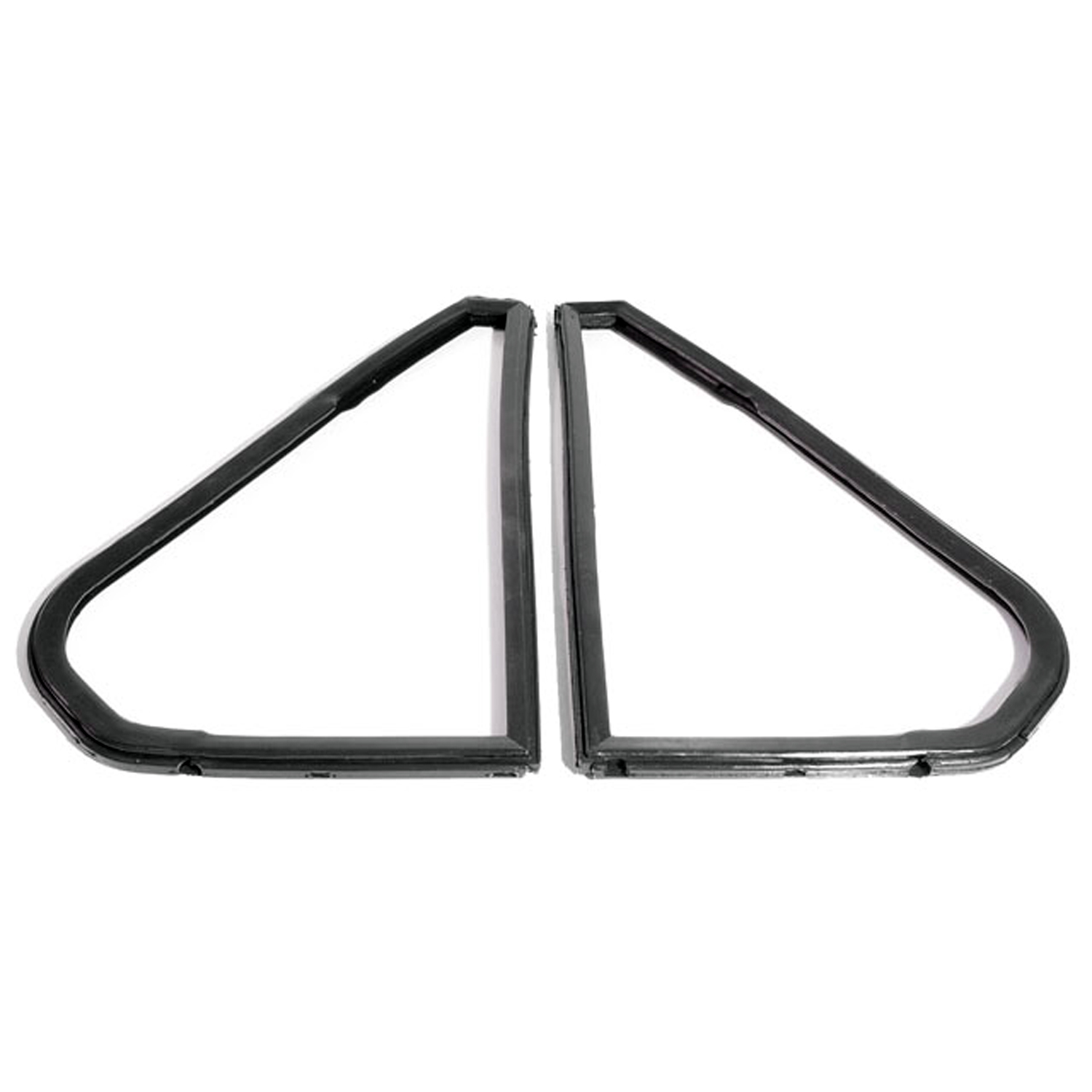 1955 Metropolitan Series B Front Vent Window Seals with Division Bar-WR 7100Front Vent Window Seals with Division Bar. Molded in exact configuration. Pair R&L
1955 Metropolitan Series B Front Vent Window Seals with Division Bar-WR 7100Front Vent Window Seals with Division Bar. Molded in exact configuration. Pair R&LWhy Choose Metro?
For over 100 years, Metro Moulded Parts has been the pinnacle of quality in classic car restoration parts. Our commitment to precision and authenticity in every component ensures a perfect fit and an OEM-level appearance.
- Expert Craftsmanship & Quality: Each part is a testament to our dedication to reliability and perfection, crafted from original designs and thoroughly tested.
- Advanced Technology: We use cutting-edge techniques to create flawless, long-lasting parts that surpass others in performance.
- SuperSoft Sponge – The Ultimate Door Seal: Not only are our door seals 30% softer than competitors', but they're also guaranteed to never leak. They effectively reduce wind and road noise, enhancing your classic car's comfort and driving experience.
- Proudly American: Our parts are a product of American craftsmanship, made in the USA with a spirit of excellence and heritage.
- Unrivaled Warranty: We back our products with a 30-year industry-leading warranty, a testament to our confidence in their quality.
Join us in preserving the legacy of classic cars with parts that are crafted for perfection, not just made.

